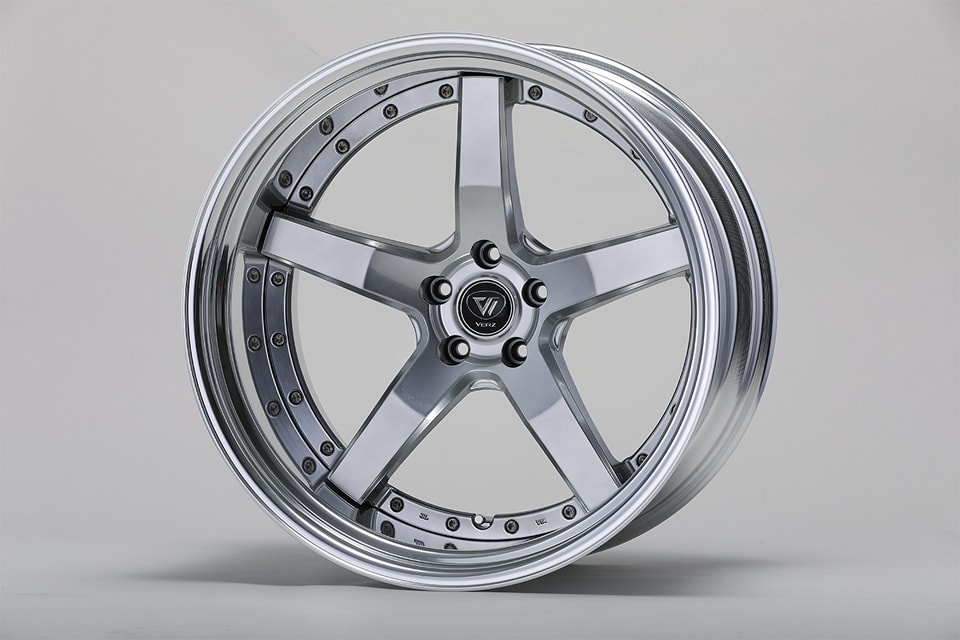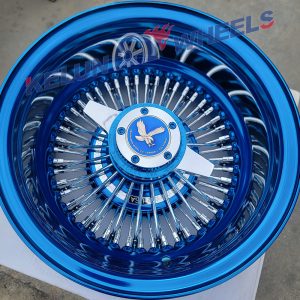-
whatsapp: +8616696837711
-
wheelim@kelunautoparts.com
-
营业时间 24H

Wheel classification
The wheels on the market can be divided into two categories according to their materials: steel wheels and alloy wheels, each with its own advantages and disadvantages.

The main advantages of steel wheels are simple manufacturing process, relatively low cost, and strong resistance to metal fatigue, which is what we commonly call cheap and strong. However, the disadvantages of steel wheels are also relatively prominent, that is, ugly appearance (it can be said that there is no appearance at all), heavy weight (the same wheel steel material is much heavier than aluminum alloy), large inertial resistance, poor heat dissipation, and very easy to rust.
Relatively speaking, alloy wheels can just make up for such problems. They are lighter in weight, have less inertial resistance, high manufacturing precision, and small deformation when rotating at high speed, which is conducive to improving the straight-line driving performance of the car, reducing the rolling resistance of the tire, and thus reducing fuel consumption. The thermal conductivity of alloy materials is about three times that of steel, and the heat dissipation is good. It can play a certain role in the thermal attenuation of the vehicle’s braking system, tires and braking system. The alloy wheels of original cars on the market are mainly made of aluminum alloy. Of course, many modified wheels will choose chromium, titanium and other elements as basic materials in order to meet certain special requirements and visual enhancement. However, compared with steel wheels, alloy wheels are much more expensive, so in many mid- and low-end original cars, steel wheels often appear on low-end models, while alloy wheels are standard on high-end models.
1 The main advantages of steel wheel hubs are simple manufacturing process, relatively low cost, and strong resistance to metal fatigue. However, the disadvantages are also obvious, such as heavy weight, large inertial resistance, poor heat dissipation, etc.


2 The advantages of alloy wheels are light weight, high manufacturing precision, high strength, low inertial resistance, strong heat dissipation, good visual effects, etc. The disadvantages are complex manufacturing process and high cost.
Alloy wheels are mostly made of aluminum as the basic material, with appropriate additions of metal elements such as manganese, magnesium, chromium, and titanium. Compared with steel wheels, alloy wheels have the characteristics of energy saving, safety, and comfort, so more and more cars have listed alloy wheels as standard configuration. Let’s take a look at the three major characteristics of alloy wheels.


1 Energy saving: Alloy wheels are light in weight, high in manufacturing precision, small in deformation when rotating at high speed, and small inertial resistance, which is conducive to improving the straight-line driving performance of the car, reducing the rolling resistance of the tire, and thus reducing fuel consumption.
2 Safety: The thermal conductivity of aluminum alloy is three times that of steel, and the heat dissipation effect is very good, thereby enhancing the braking performance, increasing the service life of tires and brake discs, and effectively ensuring the safe driving of the car.
3 Comfort: Cars equipped with alloy wheels generally use flat tires with better cushioning and shock absorption performance than ordinary tires, which greatly improves the comfort of the car on uneven roads or when driving at high speeds.








